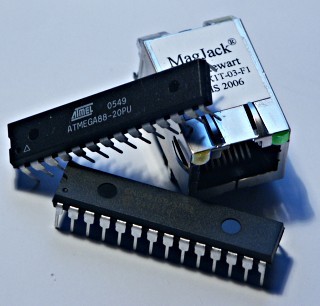We here at Hack a Day are really interested in power suits, so the ReWalk suit for paraplegics immediately caught our attention. By using unique robotic control algorithms, the suit works with the user rather than for the user. This allows the user to experience the sensation of walking autonomously and a chance at a normal life. Argo, the design company, also claims that a suit like this will end up saving the user money considering the high price of medical and transportation equipment. The core design is not entirely new. It has a batterypack and DC motors placed at the joints. The wearer uses crutches and the sensors and software monitor upper body movement to predict when and where the user wants to move their leg.
[via Medgadget]
















